is a term that no one likes to hear. It refers to a broad group of diseases that involve abnormal cell growth, potentially spreading to other parts of the body. While most people are familiar with cancers such as breast, lung, or prostate, there's a rare form that affects connective tissues in the body-sarcoma cancer. In this blog, we will explore everything you need to know about sarcoma: what it is, its causes, symptoms, diagnosis, and treatments. By the end of this blog, you'll be well-equipped with knowledge about sarcoma and its complexities.
What is Sarcoma?

Sarcoma develops in the body's connective tissues, including bones, muscles, fat, nerves, and blood vessels. Unlike carcinoma, which arises from epithelial cells that line internal organs, sarcomas come from mesenchymal cells, which help form connective tissues. This can occur anywhere in the body, although it's most commonly found in the arms, legs, and abdomen.
There are two main categories of sarcomas:
Soft tissue sarcoma: This type affects soft tissues like fat, muscle, nerves, and blood vessels.
Bone sarcoma: Also known as osteosarcoma, this affects bone tissue.
Sarcoma is more rare than other cancers, accounting for only about 1% of adult diagnoses, though it's more common in children and young adults.
Types of Sarcoma
There are more than 70 different types of sarcoma, categorized based on the tissue they originate from. Some of the most common types include:
1. Liposarcoma
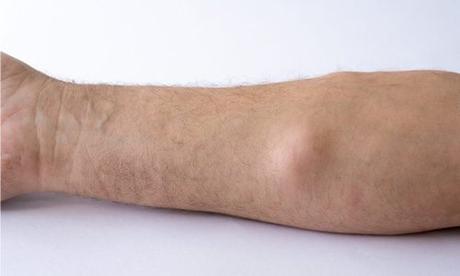
Characteristics: It often starts in the legs, arms, or abdomen. It may not cause symptoms until it grows large enough to press against organs.
Growth Pattern: Liposarcomas can grow slowly, but some subtypes are more aggressive and spread quickly.
2. Osteosarcoma
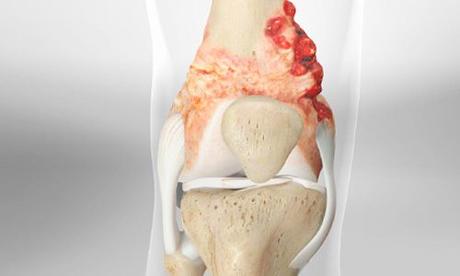
Characteristics: This often affects teenagers and young adults. It usually begins in the long bones of the legs or arms.
Growth Pattern: Osteosarcoma is aggressive and tends to spread to the lungs or other bones if not treated early.
3. Ewing Sarcoma
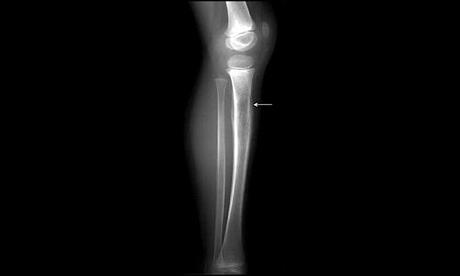
Origin: Bone or surrounding soft tissue
Characteristics: Common in children and adolescents, Ewing sarcoma usually affects the pelvis, legs, or arms. It can also occur in the soft tissues surrounding the bones.
Growth Pattern: This type of sarcoma tends to grow quickly and can spread to other parts of the body, such as the lungs or bone marrow.
4. Leiomyosarcoma
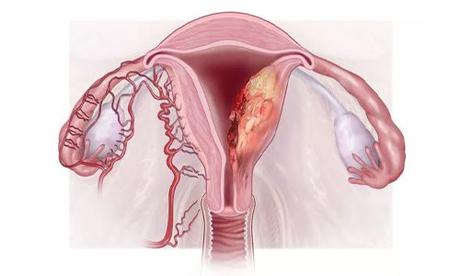
Origin: Smooth muscle tissue
Characteristics: Leiomyosarcoma originates in the smooth muscles of internal organs like the stomach or uterus.
Growth Pattern: This sarcoma can be aggressive, and it often spreads to other organs before it is detected.
5. Synovial Sarcoma
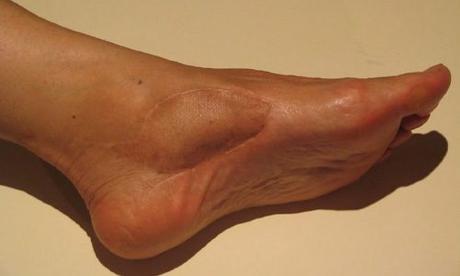
Origin: Near joints, such as the knees, ankles, or wrists
Characteristics: Synovial sarcoma can develop near tendons and joints and is more common in young adults. It's often mistaken for less serious joint or tendon issues early on.
Growth Pattern: It can be slow-growing, but it may metastasize to the lungs or lymph nodes.
6. Angiosarcoma
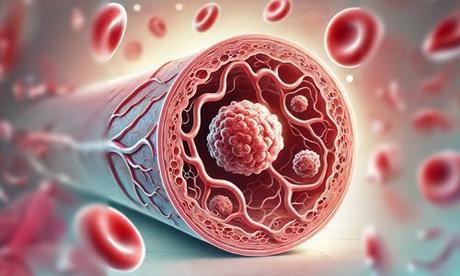
Origin: Blood vessels or lymphatic vessels
Characteristics: This begins in the lining of blood vessels or lymphatic vessels and can appear anywhere, but most commonly in the skin, breast, liver, and spleen.
Growth Pattern: Angiosarcoma tends to grow rapidly and spread to nearby tissues or organs.
7. Rhabdomyosarcoma

Origin: Skeletal muscle
Characteristics: Rhabdomyosarcoma develops in the muscles that help control voluntary movements. It often appears in the head, neck, or urinary system. It is common in children.
Growth Pattern: It is generally aggressive and may spread to other parts of the body, such as the lungs or bone marrow.
8. Dermatofibrosarcoma Protuberans (DFSP)
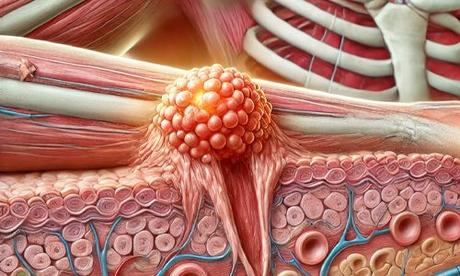
Origin: Skin and connective tissue
Characteristics: DFSP begins in the deeper layers of the skin and connective tissue and typically appears as a slow-growing, firm, and painless lump.
Growth Pattern: Although DFSP grows slowly, it can invade nearby tissues and bones, making treatment challenging.
9. Chondrosarcoma
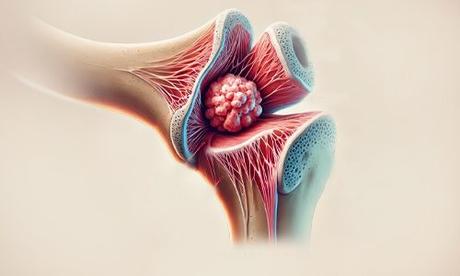
Characteristics: Chondrosarcoma, which is common in adults starts in cartilage, which is the flexible connective tissue found in joints. It usually affects the pelvis, thigh bones, or shoulders.
Growth Pattern: Chondrosarcoma can grow slowly, but more aggressive forms can spread quickly, particularly to the lungs.
10. Fibrosarcoma

Origin: Fibrous tissues
Characteristics: This sarcoma starts in fibrous tissues that provide structural support to the body, such as tendons or ligaments. It is more common in adults but can also occur in children.
Growth Pattern: Fibrosarcoma can be slow-growing, but high-grade forms may spread rapidly to other organs.
11. Kaposi Sarcoma
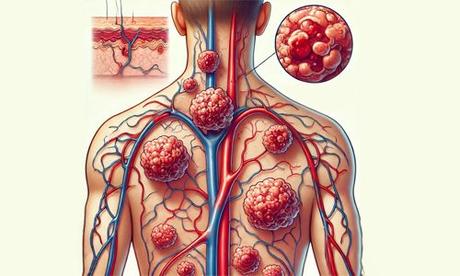
Origin: Blood vessels, often related to a weakened immune system
Characteristics: Kaposi sarcoma usually appears as red or purple skin lesions and is often associated with HIV/AIDS or organ transplant patients.
Growth Pattern: It tends to spread to multiple areas of the skin and can affect internal organs, including the lungs and digestive tract.
12. Malignant Peripheral Nerve Sheath Tumors (MPNST)
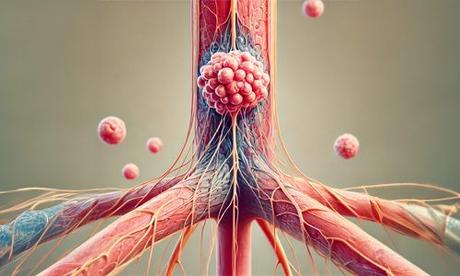
Characteristics: MPNSTs grow in the protective lining of nerves and can develop in people with genetic conditions like neurofibromatosis.
Growth Pattern: These tumors can be aggressive and may spread to other parts of the body.
Sarcoma Cancer Symptoms
Sarcoma symptoms can vary greatly depending on the size, type, and location of the tumor. However, some common symptoms include:
- Swelling or a lump: Often painless at first, but may grow larger and become painful as the tumor expands.
- Pain: This may occur if the tumor presses on nerves, bones, or muscles.
- Fatigue: Sarcoma can cause overall weakness and fatigue, especially if it spreads to other parts of the body.
- Unexplained weight loss: This is a common symptom of many cancers, including sarcoma.
Some people may not notice any symptoms until the tumor has grown large enough to press on surrounding tissues.
Sarcoma Lump: What Should You Know?

So, how do you know if a lump is potentially cancerous? While many lumps may be harmless, a sarcoma lump is often firm, doesn't move easily, and grows over time. Sarcomas are typically found in deeper tissues and may not cause pain in the early stages . Pay attention to lumps that don't go away or seem to be growing, as these may require further investigation. So, if you ever notice a new or unusual lump on your body, especially one that grows quickly or becomes painful, it's important to consult a doctor.
Causes of Sarcoma Cancer
The exact cause of sarcoma cancer is not always clear. However, genetic mutations-both inherited and acquired-are known to play a major role in the development of sarcoma. Some common causes and contributing factors include:
- Certain inherited conditions like Li-Fraumeni syndrome, neurofibromatosis, and retinoblastoma are linked to an increased risk of developing sarcoma.
- Previous radiation therapy for other cancers can increase the risk of developing sarcoma later in life.
- Exposure to certain chemicals, such as herbicides and vinyl chloride, may contribute to soft tissue sarcoma.
- Chronic lymphedema, caused by damage to the lymphatic system, has been linked to a higher risk of angiosarcoma.
Stages of Sarcoma Cancer
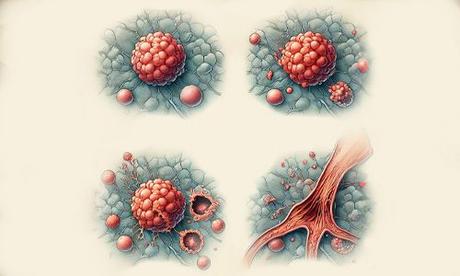
Staging is important because it helps determine the best treatment approach and gives an idea of the overall prognosis. Like all cancers, sarcoma is classified into different stages based on its severity:
- Stage 1: The tumor is localized and has not spread to other tissues or organs.
- Stage 2: The tumor is larger but still localized.
- Stage 3: The tumor has started to spread into nearby tissues.
- Stage 4: Sarcoma has metastasized, or spread, to distant parts of the body, such as the lungs.
Diagnosis of Sarcoma Cancer
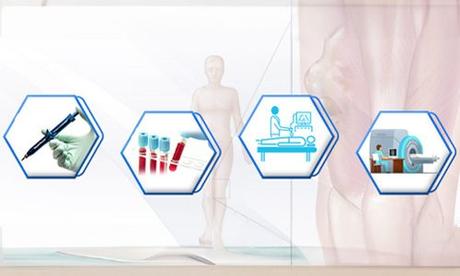
Sarcoma can be difficult to diagnose, especially in its early stages. Common diagnostic tests include:
A sample of tissue is taken from the tumor and analyzed to confirm its presence.
2. Imaging Tests
X-rays, MRIs, and CT scans are used to visualize the tumor and assess its size and location.
3. Genetic Testing
For certain types of sarcoma, genetic testing may help identify specific mutations that influence treatment options.
Treatment Options for Sarcoma Cancer
Sarcoma treatment depends on the type, size, location, and stage of the cancer. Common treatment options include:
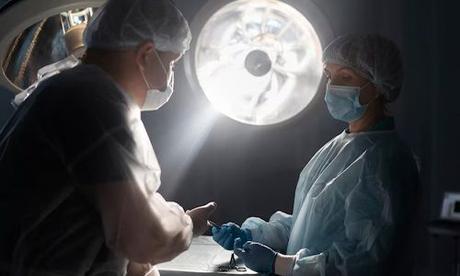
Often the first line of treatment, surgery aims to remove the tumor and some surrounding tissue to prevent the spread of cancer.
2. Radiation therapy
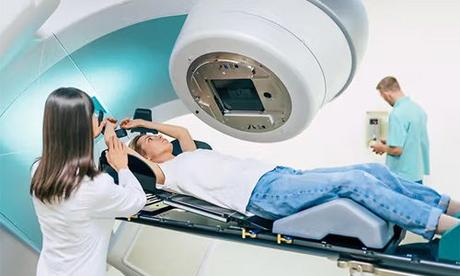
Radiation is used either before surgery to shrink the tumor or after surgery to eliminate any remaining cancer cells.
3. Chemotherapy
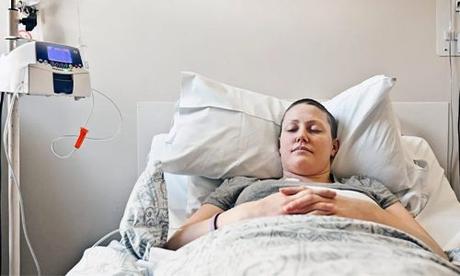
For some types of sarcoma, chemotherapy can be used to target cancer cells throughout the body.
4. Targeted Therapy and Immunotherapy
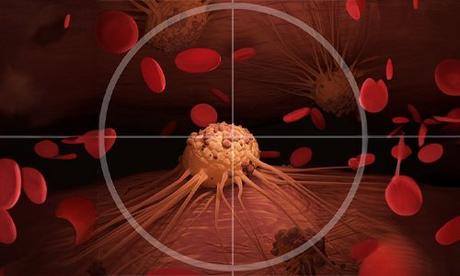
Newer treatments such as targeting specific genetic mutations or the immune system to recognize and attack cancer cells.
Home Care and Lifestyle Changes During Treatment
Managing sarcoma treatment can be challenging, but there are lifestyle changes and home remedies that can help alleviate some symptoms:
- Make sure to get plenty of sleep and allow your body to recover.
- Light physical activity , when possible, can help maintain strength and improve mood.
- Eating a balanced diet rich in fruits, vegetables, and lean proteins can help support your immune system and overall health during treatment.
Survival Rate and Prognosis
The survival rate for sarcoma depends on various factors, such as the type, stage, and location of the tumor. On average, the 5-year survival rate for sarcoma is about 65%, but this varies:
- Localized sarcoma (early-stage): The survival rate can be as high as 80%.
- Advanced sarcoma (stage 4): Survival rates drop to around 15% to 20%.
Recent Research and Advances in Sarcoma Treatment
Ongoing research focuses on better understanding the genetic mutations that lead to sarcoma. New therapies, including immunotherapy and targeted treatments, are promising in clinical trials, offering hope for improved outcomes.
By staying informed about the causes, symptoms, and treatment options, we can better support those affected by this disease. Whether you're battling sarcoma cancer or supporting someone who is, knowledge and awareness are powerful tools in the fight against cancer.

Iris is a health writer at Completehealthnews.com. She has completed her Masters in Nutrition and Health and wants to share her knowledge with the world through her blogs. Her blogs emphasize on the importance of tracking one's health and seeking a physician when required. Check out Iris's posts for health tips and suggestions.

